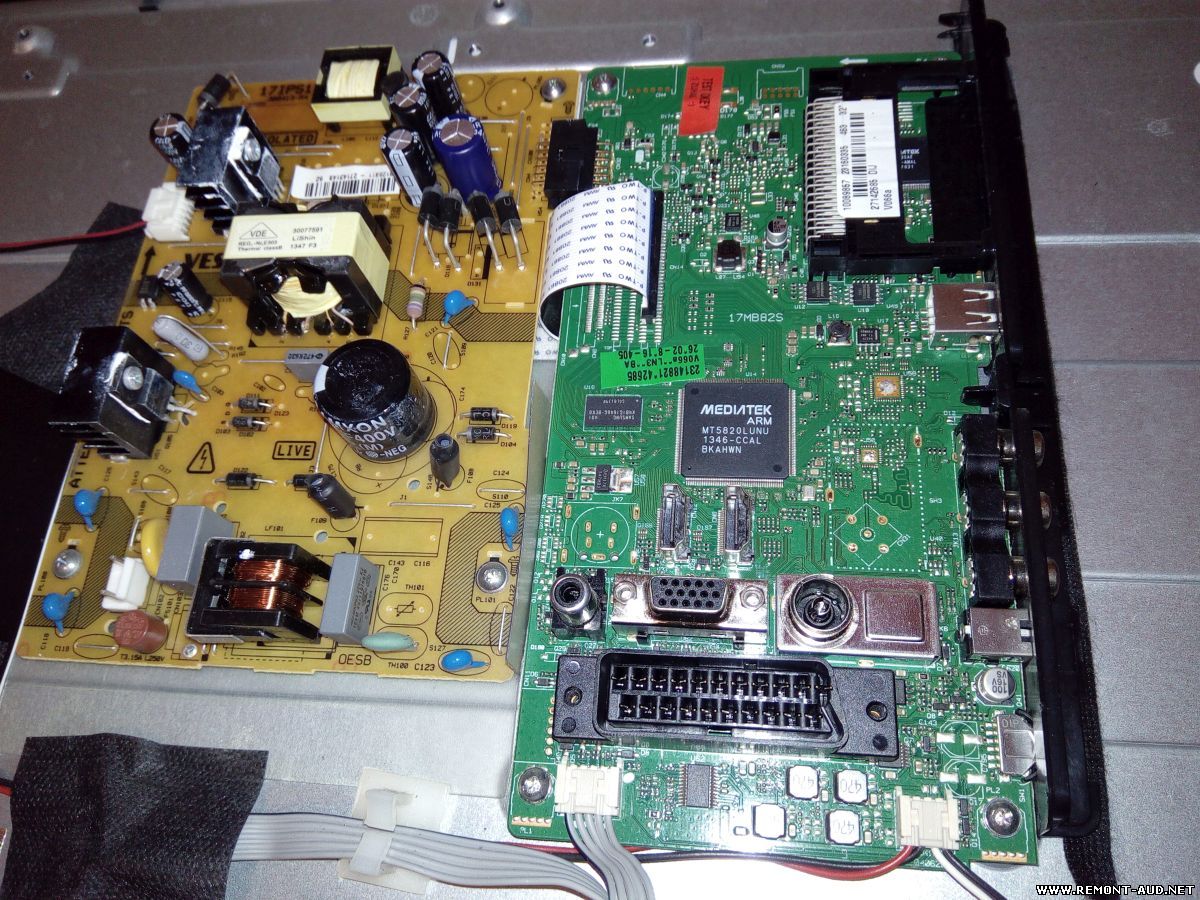There are different formats that can contain a file system in a firmware image. The most popular are squashfs and cramfs systems, but it is also common to find jffs2, ubifs, rom, cpio or compressed files.

The ELF format can be then easily disassembled, as most debuggers can read ELF files. Note that using this tool on encrypted firmwares will not result in useable ELF. The project started as an alternative implementation of the parser from phantom-licensecheck. Over time it has grown to support many generations of DJI products. It consists of tools which allow not only extraction, but also re-packing of
the previously extracted modules back into single file.
- Disc images, which store the contents of a disc, are often shared in the form of .bin files.
- There’s going to https://top-fans.com/archives/13192 be an option called “Update Firmware.” Click on it to get to the next step.
- Simply answer “Yes” to install the extensions, or follow the instructions below.
- 6) If you’re using an ESP8266 board, the burning process will start automatically for most boards.
- INTERNAL_LINK Quick Access Required Content Check Coolpad firmware versions Download Coolpad Stock ROM (Flash File) Watch Video …
If your BIN image doesn’t have a CUE file, don’t worry, you can easily create one using Pad of notes (on Windows), edition of texts (on Mac) or any other text editor. All you have to do is start creating a new document and write the following in it.
These files contain the necessary software code that controls the device’s operations. Files with an extension of “.bin” can contain many data types. But usually, they are compressed files that contain binary data. Disc images, which store the contents of a disc, are often shared in the form of .bin files. The exact structure of a “.bin” file depends on underlying data. For example, if the File is meant to create a disc image, you will need to copy the disc contents, stored in a format appropriate for the target program. Sometimes the disc burning program that you have might only work with specific types of files, and “.bin” might not be one of them.
To configure Tasmota you need to issue commands, some commands will reboot your device and to avoid that we will use the Backlog command feature. This type of security is rudimentary since Tasmota doesn’t use HTTPS, do not expose your device outside of your local network. In case the network name or password were entered incorrectly, or it didn’t manage to connect for some other reason, Tasmota will return to the “Wi-Fi parameters” screen with an error message. If you miss the window you might have to disconnect your device from power and reconnect. The installer will scan for Wi-Fi networks and select the strongest one.

